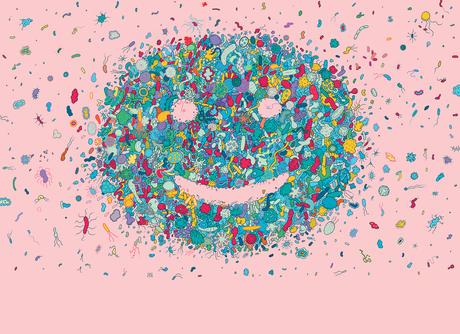
Appeared in NY Times Magazine, June 23rd. By PETER ANDREY SMITH
Eighteen vials were rocking back and forth on a squeaky mechanical device the shape of a butcher scale, and Mark Lyte was beside himself with excitement. ''We actually got some fresh yesterday - freshly frozen,'' Lyte said to a lab technician. Each vial contained a tiny nugget of monkey feces that were collected at the Harlow primate lab near Madison, Wis., the day before and shipped to Lyte's lab on the Texas Tech University Health Sciences Center campus in Abilene, Tex.
Lyte's interest was not in the feces per se but in the hidden form of life they harbor. The digestive tube of a monkey, like that of all vertebrates, contains vast quantities of what biologists call gut microbiota. The genetic material of these trillions of microbes, as well as others living elsewhere in and on the body, is collectively known as the microbiome. Taken
To read more of the article.
